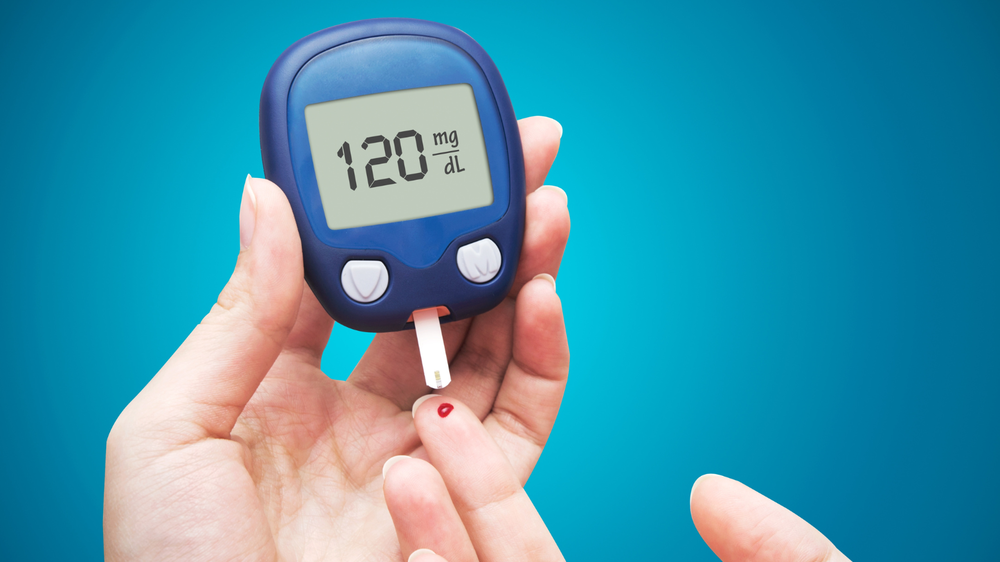In this article:
Understanding Childhood Diabetes
Before setting routines, understand what’s happening in the body.- Type 1 Diabetes: The immune system destroys the cells that produce insulin, so insulin must be taken externally.
- Type 2 Diabetes: Less common in children, but often linked to obesity and inactivity. The body either resists insulin or produces it inefficiently.
Diet Management: The Foundation of Control
Food is key in diabetes management. The right diet stabilises blood sugar, keeps energy steady, and makes meals enjoyable for your child.Build Balanced Meals
Follow the Indian meal pattern but with mindful choices:- Whole grains: Replace refined flour with wheat, brown rice, jowar, or millets.
- Proteins: Include dal, paneer, eggs, sprouts, fish, and lean meats.
- Healthy fats: Use groundnut oil, mustard oil, or ghee in moderation.
- Fiber-rich vegetables: Fill half the plate with colourful, seasonal vegetables.
- Fruits: Choose low-glycaemic fruits such as apples, guavas, and papayas.
Meal Planning Tips
- Stick to regular meal timings. Avoid long gaps between meals.
- Keep snacks handy, especially during travel or school breaks.
- Learn basic carbohydrate counting, which means keeping track of the grams of carbohydrate in foods, so you can adjust insulin doses as needed.
- Encourage slow eating and recognising fullness, making meals enjoyable and mindful.
Hydration Matters
- Water should be the main drink. Skip juices, soft drinks, and sweetened milk.
- Coconut water in moderation is fine, but check sugar levels before giving it.
Cultural Comfort Foods—Made Healthier
Small changes can make a difference. For example, try steaming idlis instead of frying puris, or use less jaggery in kheer. Healthy eating is about balance, not giving up tradition.Insulin Management: Consistency and Confidence
Insulin is not a punishment; it is essential. When your child understands this, it can help remove fear and build confidence.Types of Insulin Commonly Used
- Short-acting insulin: Taken before meals to manage glucose spikes.
- Intermediate or long-acting insulin: Maintains baseline glucose levels.
Practical Tips for Parents
- Create a routine: Insulin at the exact time daily helps maintain stable glucose levels.
- Rotate injection sites: Use different parts of the body (arms, thighs, abdomen) to prevent skin thickening.
- Track readings: Keep a simple diary or digital log of blood sugar readings.
- Involve your child: Teach them age-appropriate self-care. It builds confidence and responsibility.
Recognising Hypoglycaemia (Low Sugar)
Common signs: sweating, dizziness, irritability, confusion, or sudden hunger.Always keep glucose tablets, sugar sachets, or a small piece of jaggery in your child’s bag for emergencies.
School Routine: Building Confidence and Safety
School life should be joyful and safe. Proactive steps help make it smooth.Inform and Involve the School Staff
- Meet the class teacher, school nurse, and principal. Explain your child’s needs clearly.
- Provide written instructions about meal timings, insulin schedules, and emergency actions.
- Ensure someone at school knows how to recognise and respond to low or high sugar symptoms.
Packing the Right Lunchbox
- Include a balance of complex carbohydrates, proteins, and fibre.
- Avoid sugar-laden items or highly processed snacks.
- Keep healthy, portable snacks like roasted chana, fruit slices, or nuts on hand.
Encourage Physical Activity
Regular movement improves insulin sensitivity. Sports, dance, or yoga can all help. Just make sure your child checks their sugar levels before and after intense activity.Fostering Confidence
Children often feel “different” due to their condition. Support emotional wellbeing by:- Talking openly about diabetes.
- Encouraging friendships and group participation.
- Help your child see diabetes as just one part of their life, not something that defines who they are.
Emotional and Family Support
Managing diabetes is not just about numbers; it is also about emotions. Parents often juggle fear and responsibility, while children may feel frustrated or embarrassed.How to Build a Supportive Environment
- Involve everyone in healthy routines. Celebrate successes and keep communication open.
- Celebrate small successes, such as keeping sugar readings stable.
- Join a local diabetes support group for parents and children.
- Keep communication open; allow your child to express their feelings freely.
Regular Check-ups and Medical Guidance
Your healthcare provider is your partner in this journey.- Schedule regular follow-ups for sugar levels, HbA1c (a test that shows average blood sugar over about three months), and growth monitoring.
- Discuss any symptoms like fatigue, thirst, or weight changes immediately.
- Keep vaccinations up to date and maintain good dental hygiene, as both are important in diabetes care.
Managing childhood diabetes is about creating balance, not perfection. With the proper diet, regular insulin use, and a supportive school and home environment, children can live healthy and fulfilling lives. As a parent, your steady care, optimism, and consistency make all the difference.
Every small step, from a well-planned meal to a shared laugh or a confident school day, is a victory.
Whether you’re pregnant, a new mom, or navigating postpartum, you don’t have to do it alone. Join our support group to connect, share, and support one another.
FAQs on Childhood Diabetes Made Simple: How Parents Can Balance Diet, Insulin, and Daily Life
- Can childhood diabetes ever be reversed?
Type 1 diabetes cannot be reversed as it is an autoimmune condition, but Type 2 diabetes—though rare in children—can sometimes be managed or improved through lifestyle changes under medical guidance. - How often should a child with diabetes check their blood sugar?
The frequency depends on age, activity level, and treatment plan. Generally, it’s checked before meals, after exercise, and before bedtime—but always follow your doctor’s recommendation. - Can a child with diabetes eat sweets occasionally?
Yes, in moderation and with proper planning. Small portions of sweets can be included if insulin and diet are balanced. It’s about timing and quantity, not complete restriction.






